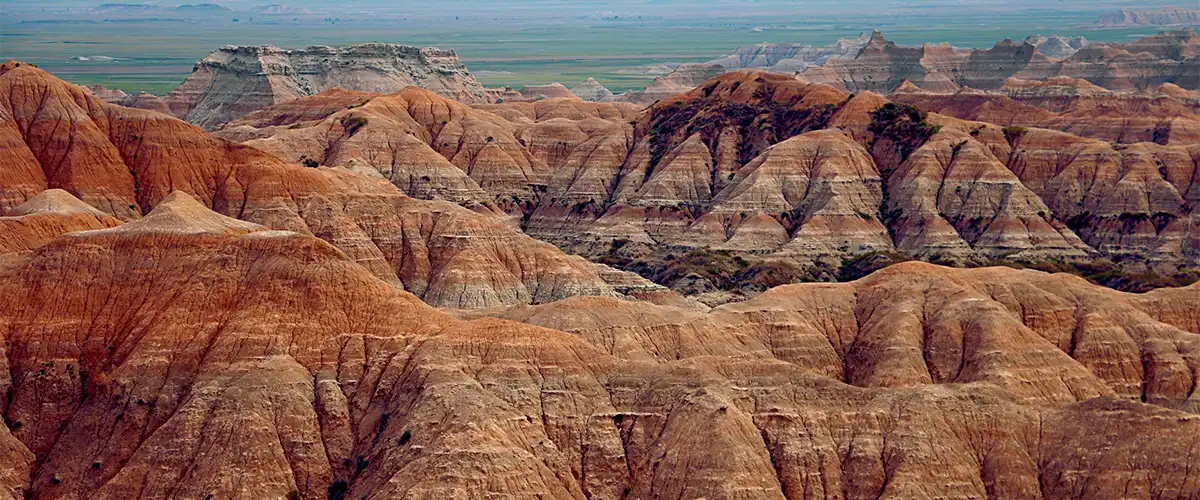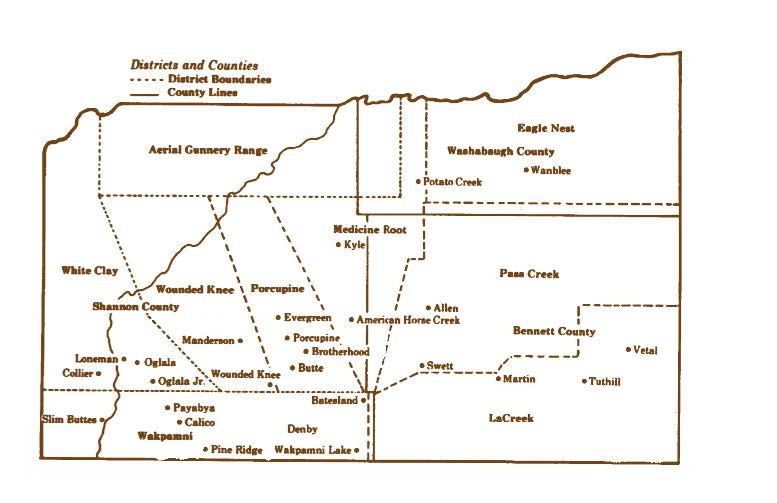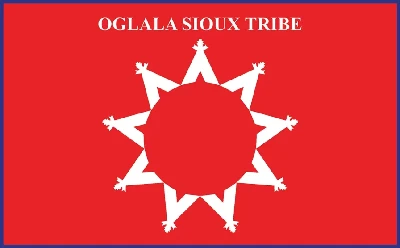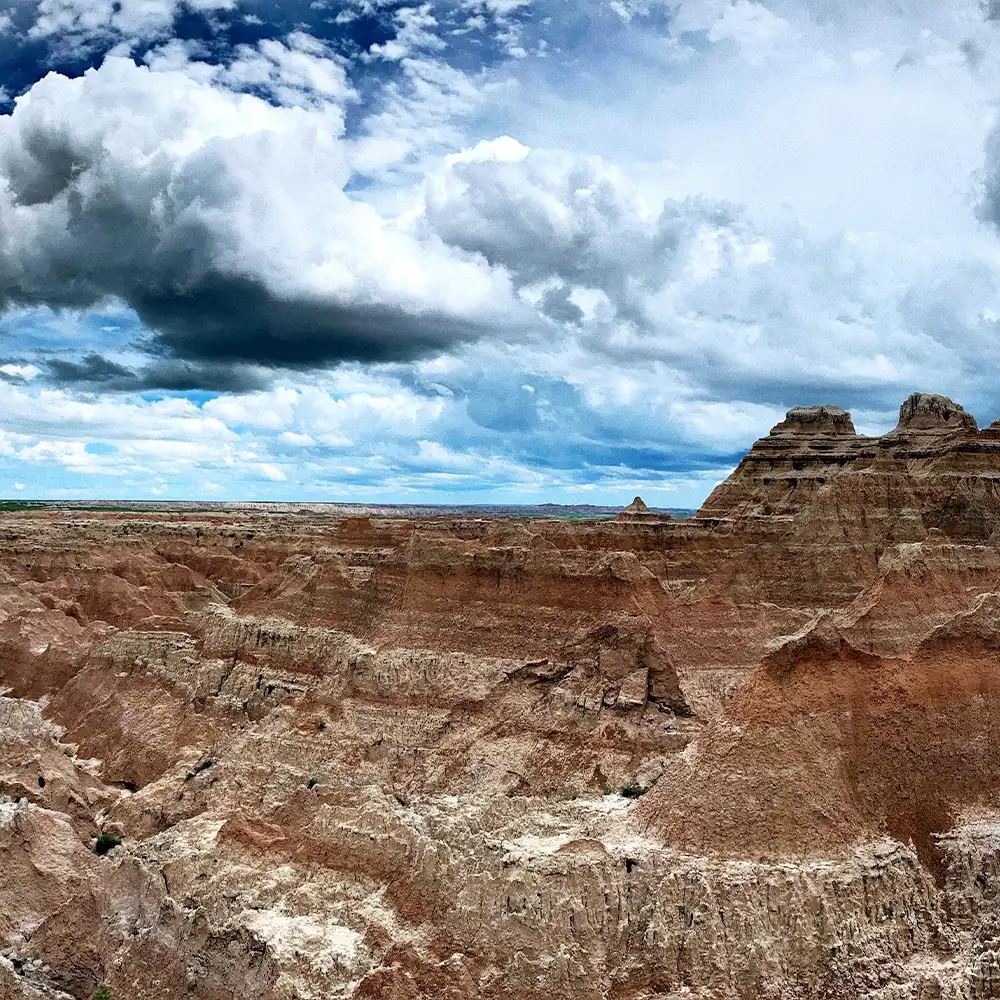
Established in 1889, the Pine Ridge Indian Reservation is home to the Oglala Sioux Tribe, which is the sovereign governmental entity with regulatory authority within reservation land boundaries. The Oglala Sioux Tribe maintains a membership of more than 52,000 enrolled tribal members. While not all members reside on the reservation, OST tribal members are connected through very rich historical, social, racial, and ethnic ties.
Pine Ridge was originally part of the Great Sioux Reservation which was created through the Fort Laramie Treaty of 1868. The Great Sioux Reservation included all of South Dakota west of the Missouri River. The Great Sioux Reservation was later reduced to five reservations to be occupied by five reorganized tribes. Formally known as the Titonwan division of the Oceti Sakowin – Seven Council Fires or Great Sioux Nation composed of the Lakota, Dakota, and Nakota people. The reorganized Lakota tribes included the Oglala Sioux Tribe, Cheyenne River Sioux Tribe, Rosebud Sioux Tribe, Lower Brule Sioux Tribe, and Standing Rock Sioux Tribe through the General Allotment Act enacted by the United States Congress. The Pine Ridge Indian Reservation, home of the Oglala Sioux Tribe, emerged out of this process. However, the loss of land including the Black Hills, continues to be a point of contention. Several major catastrophic historical events such as the General Allotment Act and Wounded Knee Massacre (1890) characterize the Oglala Sioux Tribe’s tumultuous history with the United States Government and mainstream society. The collective weight of these events in shaping present day perceptions and lack of trust with mainstream society can never be overstated.
Tribal Governance
The Oglala Sioux Tribe’s government is comprised of a twenty-one member council, who are elected officials in accordance with the Indian Reorganization Act of 1934.
The Executive Officers of the Council are the President, Vice President, Secretary, Treasurer, Fifth Member, and Sergeant-At-Arms. Every two years the primary election is held in October, followed by the General election in November.
Council members serve a term of two years. There are nine election districts on the reservation. The Reservation’s political districts containing two representatives include: Eagle Nest District, Pass Creek District, LaCreek District, Oglala District, Wounded Knee District, and Porcupine District. The Reservation’s political districts containing three representatives include: Medicine Root District, Pine Ridge Village, Wakpamni District. One representative is elected for every 1,000 tribal members.
Pine Ridge Indian Reservation District Map
The following map provides the approximate land boundaries of the nine districts.



